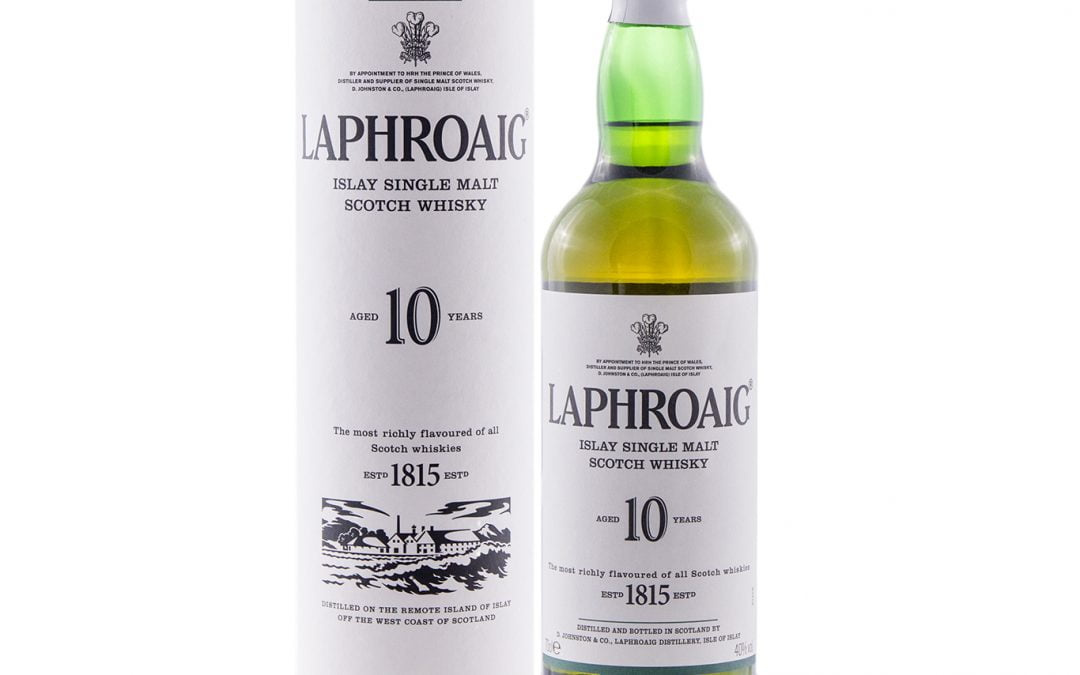
by HOS | Oct 31, 2025 | Whisky, Award-winning whiskies, Blended Whisky, Specials
For whisky lovers around the world, few names evoke as strong an emotional response as Laphroaig. Known for its unapologetically bold, smoky, and medicinal flavor profile, Laphroaig has always stood apart in the world of Scotch whisky. But beyond its characteristic peat and coastal magic lies a distinction that elevates the brand to a level of prestigious recognition: the Laphroaig Royal Warrant.
Receiving a Royal Warrant is not just an honor, it’s a statement of excellence, heritage, and a seal of approval from the British Royal Family. For Laphroaig, this acknowledgment underscores decades of craftsmanship, dedication to tradition, and a flavor profile so impressive that even royalty has deemed it worthy of their table.
What Is a Royal Warrant?
A Royal Warrant is an official mark of recognition granted to companies or brands that have regularly supplied products to the Royal Household over a number of years. It signifies that the highest level of quality and service has been proven and maintained consistently.
There are only a select number of businesses worldwide that hold such an elite distinction, and the privilege can be reviewed or removed if the standards ever fall below expectations. Holding a royal endorsement means being a trusted brand, one that meets the refined tastes of Britain’s monarchy.
How Laphroaig Earned Its Royal Prestige
Laphroaig’s connection with the Royal Family began growing in the latter part of the 20th century, when His Royal Highness Prince Charles developed a fond admiration for the whisky. In 1994, the distillery received the tremendous honor of being granted the Royal Warrant by the Prince of Wales himself.
The partnership was more than ceremonial; Prince Charles became an active supporter of the distillery and visited Laphroaig several times. His signature can even be seen on various editions and memorabilia from the distillery’s history. The distillery celebrated its 200th anniversary in 2015 with Prince Charles returning once again to commemorate the milestone, further cementing the connection.
Why Laphroaig Stands Out
What makes Laphroaig special enough to earn a royal nod?
The answer lies in its unwavering commitment to tradition and a flavor profile that refuses to compromise authenticity. Laphroaig is one of those rare distilleries that still:
- Hand-cuts local peat to fuel the kilns
- Sources water from the same Islay stream that has run for centuries
- Malts barley on its own floors, a rarity in modern whisky production
- Allows nature, ocean air, and rugged coastlines to shape its maturation
The result? A whisky that tastes unmistakably like Laphroaig, medicinal, peaty, slightly sweet, and unmistakably Islay.
This bold character divides opinions, some fall deeply in love at first sip, while others shy away from its intensity. But that’s exactly what makes it a cult favorite and a royal-worthy spirit.
The Influence of the Royal Warrant
The Laphroaig Royal Warrant has become a symbol of trust and prestige. It’s a badge that consumers instantly recognize and respect, especially in global markets where premium whisky continues to rise in demand. The royal seal has boosted Laphroaig’s reputation as not just a smoky whisky, but a luxury spirit with aristocratic approval.
Even as whisky trends come and go, the Royal Warrant provides assurance that Laphroaig’s craftsmanship transcends time and remains relevant for future generations of enthusiasts.
Whisky That Embodies Legacy
From the 10-Year-Old classic to more adventurous expressions like the Quarter Cask and Triple Wood, each bottle carries a story of tradition and authenticity. But some releases carry the Royal connection even deeper:
- Limited editions commemorating Prince Charles’ visits
- Bottlings celebrating the Royal Warrant itself
- Anniversary whiskies acknowledging centuries of heritage
Collectors and connoisseurs treasure these releases, not only for their taste but also for the history they represent.
Touring the Royal-Approved Distillery
A visit to the Laphroaig Distillery on the Isle of Islay feels like stepping back in time. With the Atlantic waves crashing nearby and peat fires burning inside, the experience reveals why Laphroaig tastes as it does. Guests even have the chance to become a “Friend of Laphroaig”, a program that humorously grants a small plot of Islay land to supporters of the brand.
Walking through the distillery, one can’t help but notice the sense of pride tied to the Royal Warrant. It’s displayed as a symbol of honor, reinforcing that what Laphroaig creates within these walls has earned admiration from the very pinnacle of British culture.
A Royal Warrant: Not Eternally Guaranteed
It’s also important to note that Royal Warrants are periodically reviewed. Brands must maintain consistency, sustainability, and excellence to keep their status. Laphroaig’s ongoing commitment to quality ensures that this crown of recognition isn’t just a historical achievement, it’s a modern promise.
Final Thoughts: A Toast to Royal Taste
Laphroaig has always embraced its loyal followers, those who appreciate a whisky with character, identity, and bold distinction. The Laphroaig Royal Warrant reinforces what fans already know: this isn’t just another Scotch. It’s a whisky fit for collectors, explorers, connoisseurs, and yes, royalty.
So the next time you pour a dram of Laphroaig, raise your glass to the history behind it: generations of craftsmanship, the rugged beauty of Islay, and a royal stamp of approval that truly sets the whisky apart.
Here’s to a taste that has earned its place among the world’s finest. Slàinte!

by HOS | Oct 16, 2025 | Scotch
In the ever-evolving world of whisky, few names command as much respect and admiration as Glenfarclas. Among its impressive range, the Glenfarclas 21 Year old single malt scotch whisky stands out, not only for its rich flavor and craftsmanship but also for its growing popularity among a generation that’s redefining what whisky appreciation means. Millennials, once considered the “craft beer” or “cocktail” crowd, are now embracing premium whiskies like Glenfarclas for their authenticity, heritage, and refined drinking experience.
So, what makes this Speyside gem so appealing to today’s young professionals and enthusiasts? Let’s explore the key reasons behind this whisky’s growing popularity among millennials.
The Allure of Authenticity and Heritage
Millennials crave authenticity, and Glenfarclas delivers that in spades. Founded in 1836, the Glenfarclas distillery has been family-owned for six generations by the Grant family. In an era where many brands are owned by large corporations, Glenfarclas stands as a rare example of true independence. This sense of heritage and family pride resonates deeply with millennials who value transparency, tradition, and craftsmanship over mass production.
The story behind Glenfarclas isn’t just about whisky; it’s about legacy. The same traditional copper pot stills are still used, and the production remains true to time-honored methods. This authenticity aligns with millennials’ growing preference for artisanal products, those that tell a story rather than just offer a drink.
A Taste That Balances Complexity and Approachability
It offers a perfect balance between sophistication and accessibility, two qualities millennials appreciate in their drink choices. It’s a whisky that feels luxurious yet not intimidating.
On the palate, it is rich and full-bodied, offering layers of sherry sweetness, dried fruits, toffee, and oak spice, followed by a long, warm finish. It’s matured entirely in Oloroso sherry casks, giving it that deep amber hue and velvety texture that whisky lovers seek.
For millennials who are relatively new to the world of single malts, Glenfarclas serves as a gateway to appreciating complex flavors without overwhelming the senses. It’s refined, but it doesn’t require a connoisseur’s palate to be enjoyed.

The “Premium Experience” Without Pretension
While younger consumers are willing to spend on quality, they also value experiences over extravagance. Glenfarclas 21 fits perfectly into this mindset, offering a premium experience without unnecessary pretension.
Unlike some luxury whiskies that focus on flashy packaging or celebrity endorsements, it lets the whisky speak for itself. Its understated elegance appeals to millennials who appreciate quality over showmanship. It’s the kind of bottle you open to celebrate meaningful moments, not just to display on a shelf.
Moreover, compared to other 21-year-old single malts, Glenfarclas offers exceptional value for its age and quality. This balance between affordability and luxury is a major reason why millennials are gravitating toward it.
A Digital-First Generation Spreading the Word
Social media has played a significant role in the rise of Glenfarclas 21 among younger drinkers. Whisky influencers, review platforms, and online tasting events have made premium whisky more accessible and less intimidating.
Millennials often discover Glenfarclas through YouTube reviews, Instagram tasting notes, and Reddit whisky communities, where the brand’s reputation for quality and authenticity is consistently praised. Its distinctive sherry character and family-run heritage make it a conversation starter, ideal for a generation that loves to share experiences online.
This digital word-of-mouth marketing, combined with Glenfarclas’s genuine storytelling, has helped build a loyal base of millennial fans who see the brand as both classic and relevant.
Sustainability and Responsible Production
Another factor driving Glenfarclas’s appeal is its quiet commitment to sustainability and responsible production. Millennials, more than any previous generation, are conscious consumers who care about how their favorite products are made.
While Glenfarclas doesn’t loudly market itself as a “green brand,” its family-owned structure allows for thoughtful, long-term decisions that prioritize quality and environmental stewardship over mass profit. The distillery uses natural spring water from the Ben Rinnes mountains and relies on traditional distillation processes that minimize waste and preserve local resources.
This subtle but genuine approach to sustainability aligns perfectly with millennial values, making it not only a fine whisky but a mindful choice.
The Nostalgic Yet Modern Experience
There’s something timeless about sipping a glass of Glenfarclas 21, yet it feels modern in its accessibility. Millennials often seek experiences that connect them to the past while fitting seamlessly into their contemporary lifestyles.
Whisky-tasting events, home bars, and digital masterclasses have made enjoying it both a social and educational experience. Whether it’s enjoyed neat during a quiet evening or shared among friends over deep conversations, it carries a sense of nostalgia, the kind that resonates with millennials seeking balance in a fast-paced world.
The Gift of Prestige and Meaning
Millennials are also embracing it as a symbolic gift, something meaningful rather than materialistic. Its 21-year aging period represents patience, dedication, and craftsmanship, qualities that mirror the values millennials aspire to in their own lives.
Whether gifted for milestones like birthdays, promotions, or weddings, a bottle of Glenfarclas holds emotional value. It’s not just whisky; it’s a piece of tradition wrapped in elegance, making it a thoughtful gesture that stands apart from generic luxury items.
Conclusion: A Legacy Embraced by a New Generation
Glenfarclas 21 is more than just a drink, it’s a bridge between generations. For millennials, it represents heritage, quality, authenticity, and experience, all wrapped in a glass of golden sherry sweetness.
In a world where trends change quickly, Glenfarclas remains steadfast, a reminder that some things only get better with time. As millennials continue to explore the world of whisky, it stands tall as a timeless choice: a whisky with soul, substance, and a story worth sharing.

by HOS | Sep 26, 2025 | Blended Whisky, Specials, Whisky
There’s something magical about a drink that doesn’t just sit in your glass, but starts a conversation, a whisky that sparks curiosity, nostalgia, and reflection. For whisky enthusiasts and curious sippers alike, Filey Bay Yorkshire Day 2020 is that rare gem. Limited in production, rich in flavour, and infused with the spirit of Yorkshire, it’s a drink that transforms an ordinary evening into an extraordinary experience.
A Whisky That Invites Reflection
Pour a glass of Filey Bay Yorkshire Day 2020 and notice how it seems to demand attention. Its deep amber hue glows like a Yorkshire sunset, hinting at the care and time invested in its creation. With only 1,500 bottles released, this limited edition is a collector’s dream and an invitation to slow down and savour every moment.
It’s the kind of whisky that encourages thoughtful conversations, the ones that linger long after the glass is empty. As you take that first sip, layers of flavour unfold: sweet vanilla, rich toffee, dark chocolate, and ripe red fruits, complemented by subtle spice and a warming, long finish. Each sip is a journey, evoking the breezy cliffs of Filey Bay and the rugged charm of Yorkshire itself.
Types of Conversations That Flow
- The Nostalgic Story Swap
A glass of this whisky naturally brings out memories, childhood summers by the coast, old friends, and first adventures. Its comforting sweetness and complex layers make it the perfect companion for reminiscing, sharing stories that feel timeless yet vivid. - The Philosophical Debate
That balance of rich flavours and warming spice sets the stage for big questions: What defines happiness? How do we measure success? Over this rare drink, even the most abstract thoughts seem grounded, turning deep musings into shared moments of insight. - The Curious Explorer Chat
Every bottle tells a story. Where did the barrels come from? How did the sherry and bourbon casks shape the flavour? Conversations about craftsmanship, heritage, and local tradition come alive, fueled by the whisky’s rarity and the subtlety of its STR-cask finish. - The Gentle Comfort Discussion
Sometimes, it’s not about profound ideas but quiet, heartfelt exchanges. The warmth of this whisky, its honeyed notes, hints of plum, and soft vanilla- encourages reflection, empathy, and meaningful connections. It’s the perfect backdrop for sharing dreams, fears, or simple gratitude.
Why Filey Bay Yorkshire Day 2020 Is Unique
What makes this whisky special isn’t just its ability to spark conversation, it’s the rarity and craftsmanship behind it. Produced at the Spirit of Yorkshire Distillery in Hunmanby, near Filey Bay, it’s Yorkshire’s first single malt whisky distillery. Each bottle represents meticulous care: locally sourced barley, careful fermentation, and a marriage of PX sherry and ex-bourbon casks. The STR (Shaved, Toasted, Re-charred) cask finish adds depth, complexity, and a subtle smoky layer that sets it apart from ordinary releases.
The limited production of 1,500 bottles makes it an exclusive experience. Owning or sharing a bottle is not just about taste, it’s about being part of a rare moment, a story that’s as much about tradition and place as it is about flavour.
The Beauty of Savouring It
Holding a glass of Filey Bay Yorkshire Day 2020 is like holding a piece of Yorkshire itself. The deep amber colour, the aromatic bouquet of dark chocolate, plums, and vanilla, and the intricate balance of sweetness, spice, and warmth make it a multisensory experience. Each sip reveals new layers, encouraging mindfulness and presence, qualities that naturally lead to thoughtful, engaging conversations.
Whether you’re a whisky connoisseur or someone who enjoys the occasional tipple, this release reminds us that a drink can be more than liquid in a glass. It can be a catalyst for connection, reflection, and discovery.
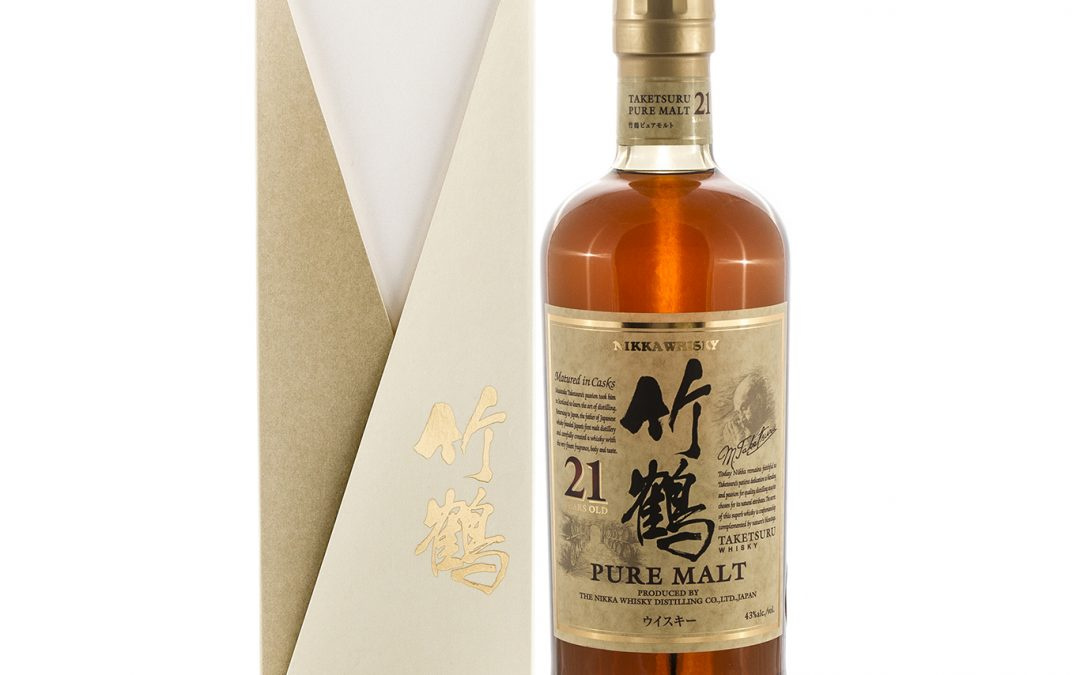
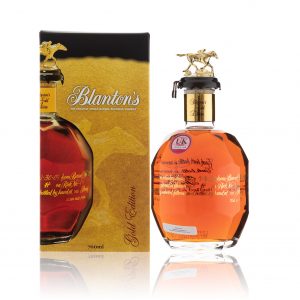
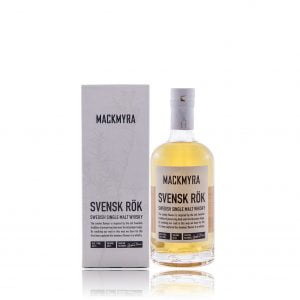



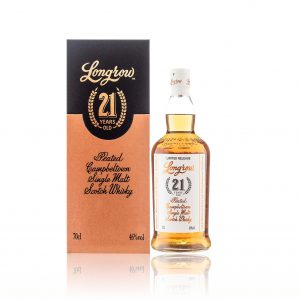
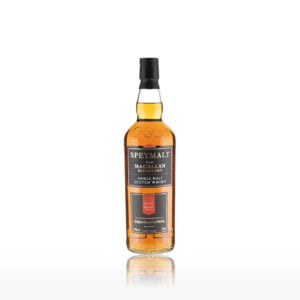
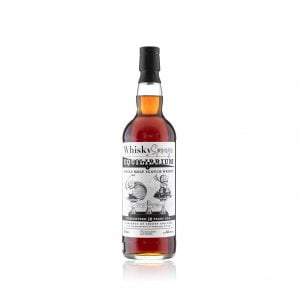


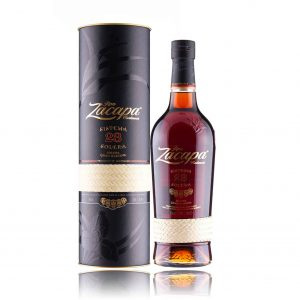
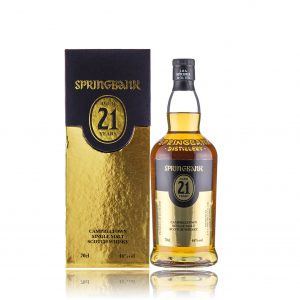

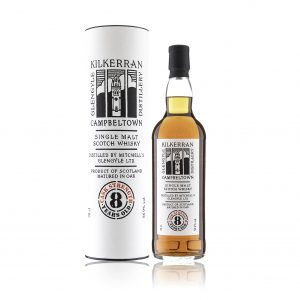
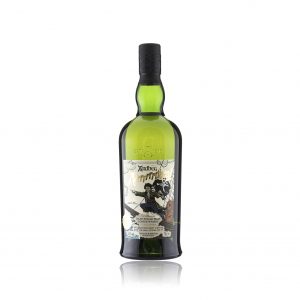


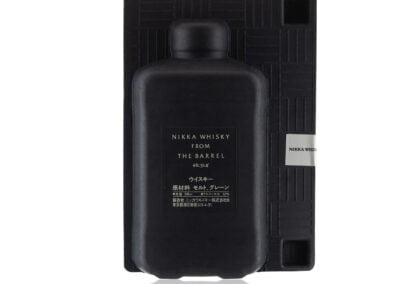
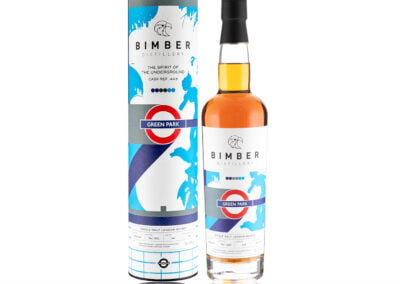
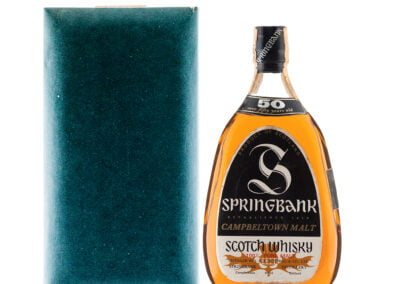
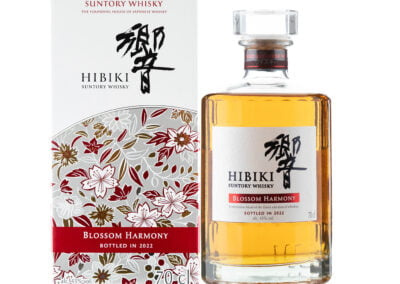



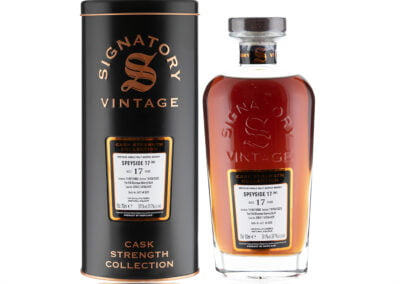
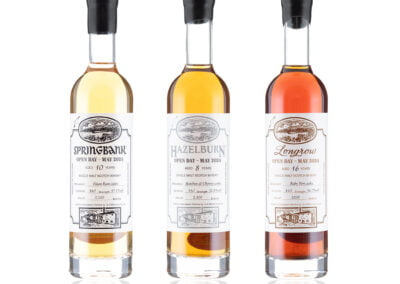
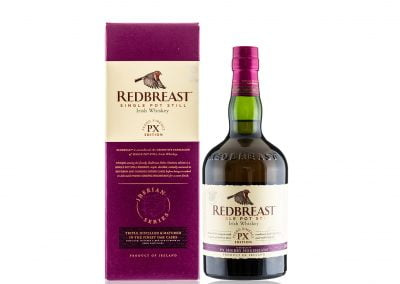
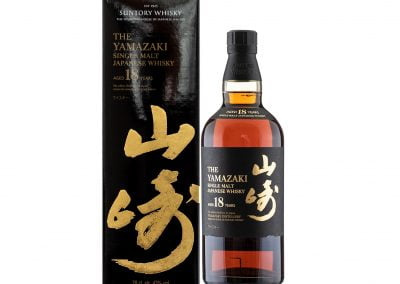
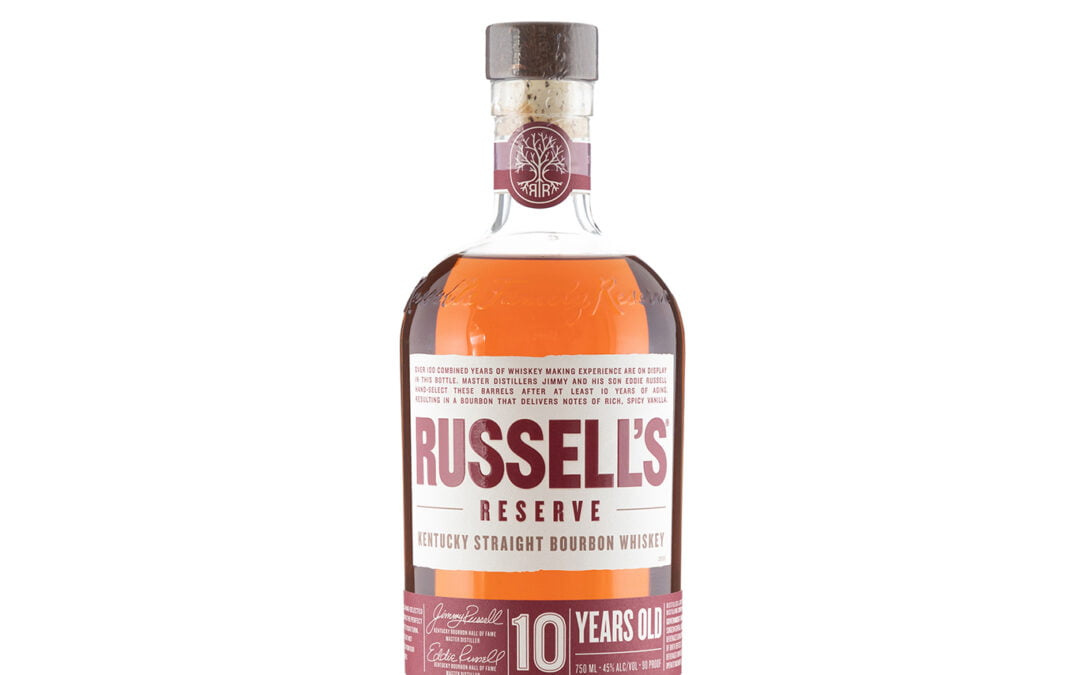
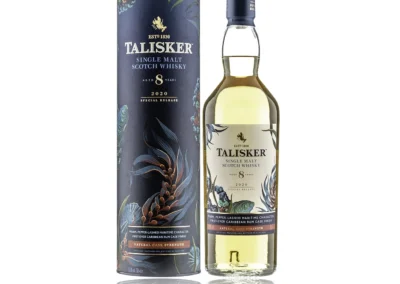
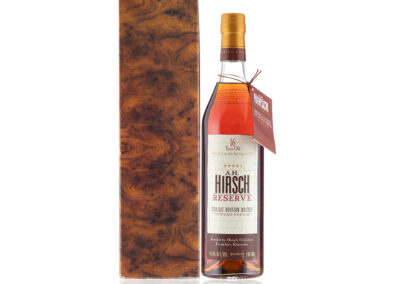
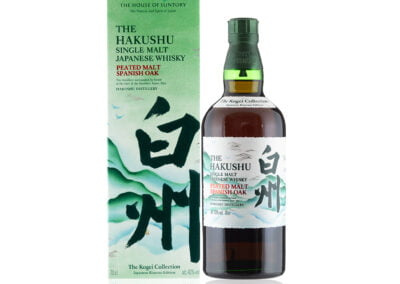

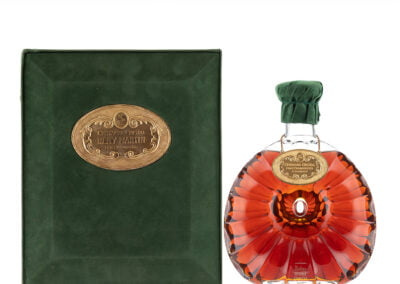
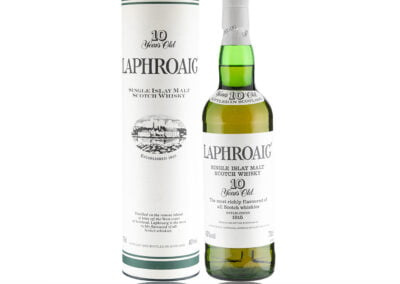
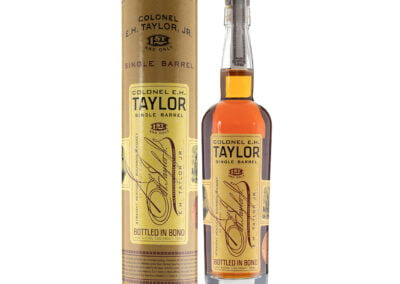


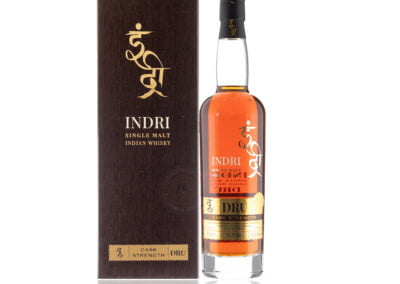


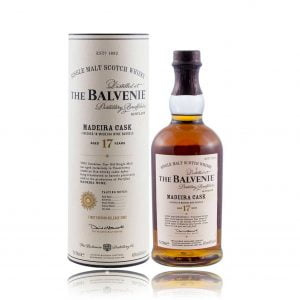

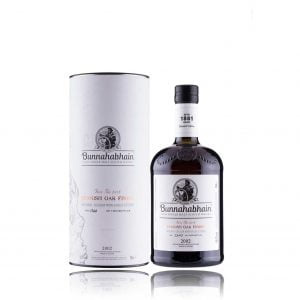


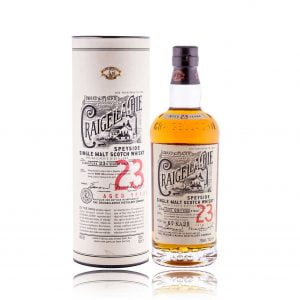
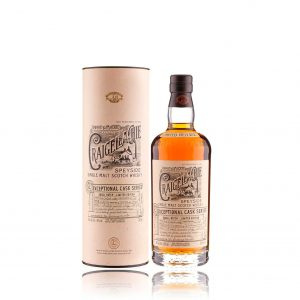

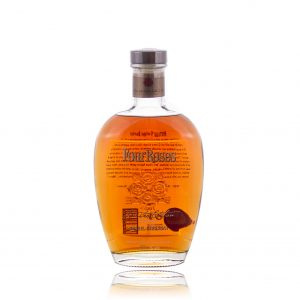








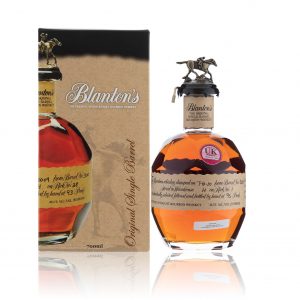
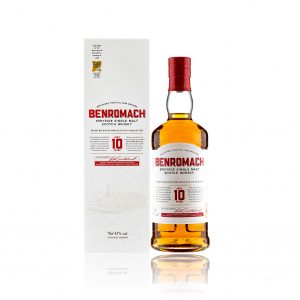
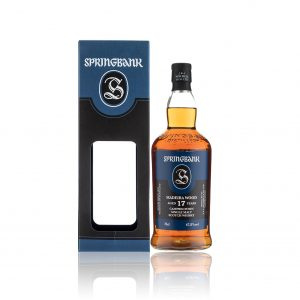




Recent Comments